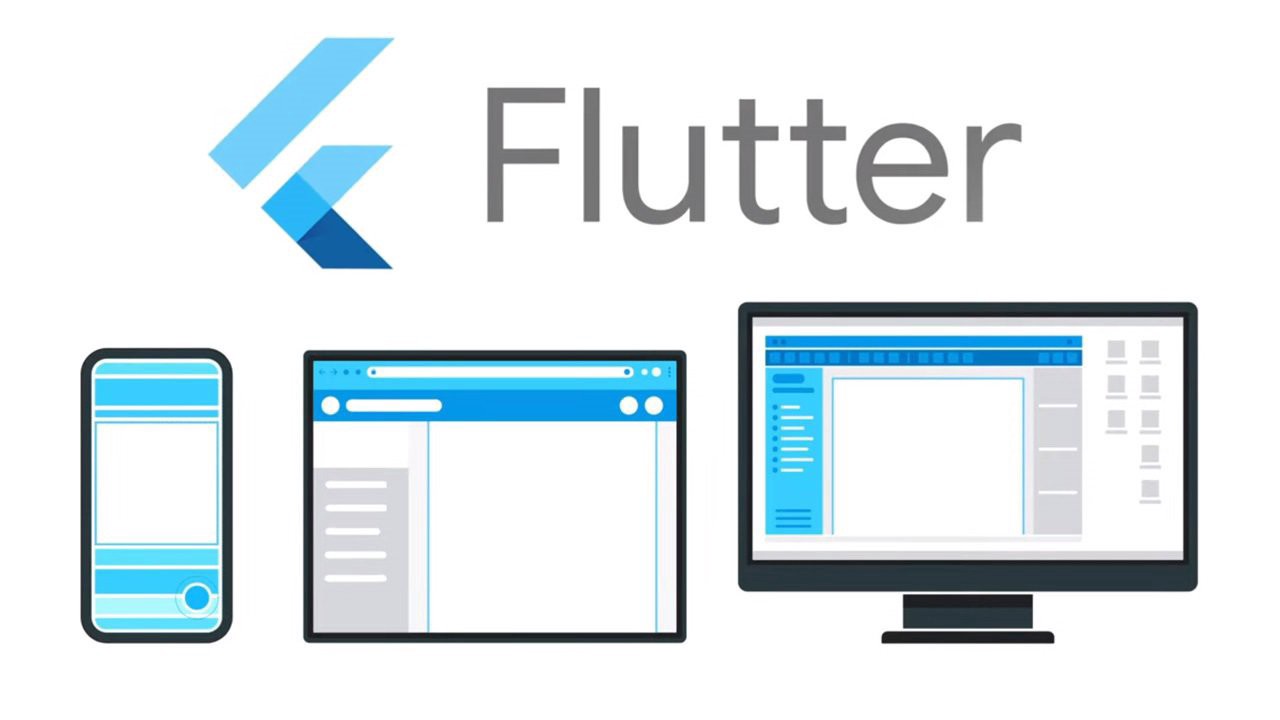Where where we?
By 2018, we had a small team of engineers working on Ionic mobile apps, but despite our best efforts, we were having a hard time scaling. Over the course of that year, we were only able to hire half as many mobile engineers as web engineers. Furthermore, while web engineers saw notable productivity gains, the average mobile engineer’s velocity remained stagnant. As our scaling efforts continued to yield disappointing results into 2019, it became increasingly clear that we needed to increase our rate of growth and speed of iteration on mobile platforms.
So, what to do next?
A change in strategy was needed, so we decided to take a step back and think about how we build products from a first-principles perspective. At ByteInk, major features are built and maintained by cross-functional teams, typically consisting of 2 backend engineers and 2 frontend engineers for each supported platform (web, iOS, and Android).
This structure required a large number of engineers to maintain a single vertical of our product. It also meant that engineers were somewhat siloed from other engineers working on the same platform, making it difficult to coordinate larger, systemic changes. Thinking from this perspective led us to ask the question: “What if we could reduce a healthy feature team from 8 — with each client engineering pair being isolated on a separate platform — to 5 engineers — where multiple client engineers could work across all three platforms?”
We hypothesized that this could dramatically reduce our overall staffing requirements, improve our team’s effectiveness, and increase the connectedness of engineers on our client platforms. At the same time, we also believed that gaining efficiency couldn’t be the only goal; any technology change we made also had to deliver improved quality and performance for our customers.
Finding a solution
This line of thinking led us to start looking at different cross-platform technologies. At this stage, we already had a well-functioning web engineering platform, which was built on Flutter. After exploring a number of different cross-platform technology platforms, we decided that Flutter would be the best choice for us. It leveraged a technology stack we already knew and offered a clear path to even further consolidation across both mobile and web.

Additionally, we also had a positive experience with shipping the apps to the respective stores. Due to the fact that in the end the apps are in native code deployment wnet without any issues.
Final thoughts
In conclusion, the overall experience was positive in every aspect. Therefore, we are very confident that Flutter will continue to be major player in the app development community. So if you would like to build mobile applications, create a web solution and enjoy the whole process, we cannot think of a better technology to use.